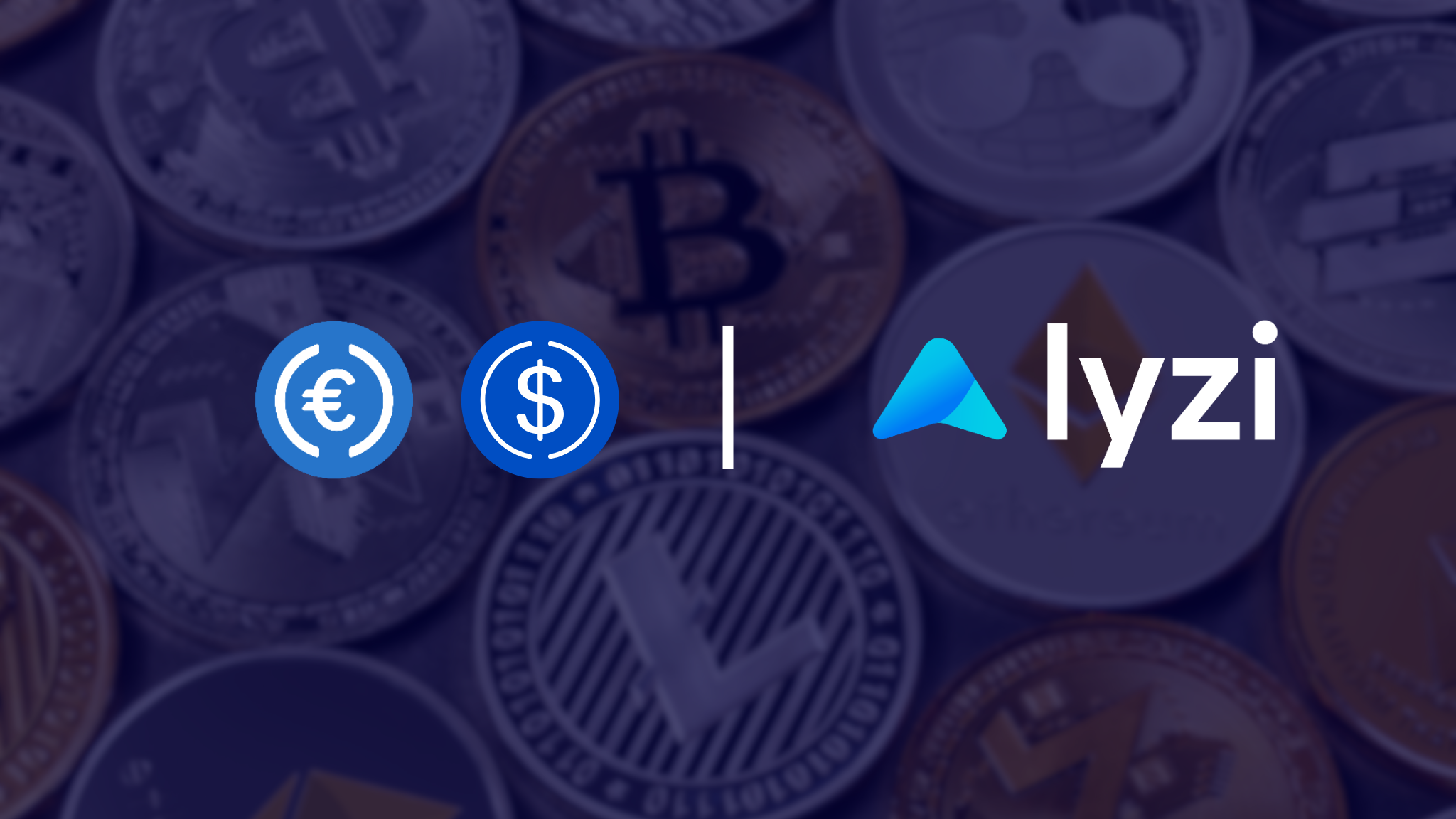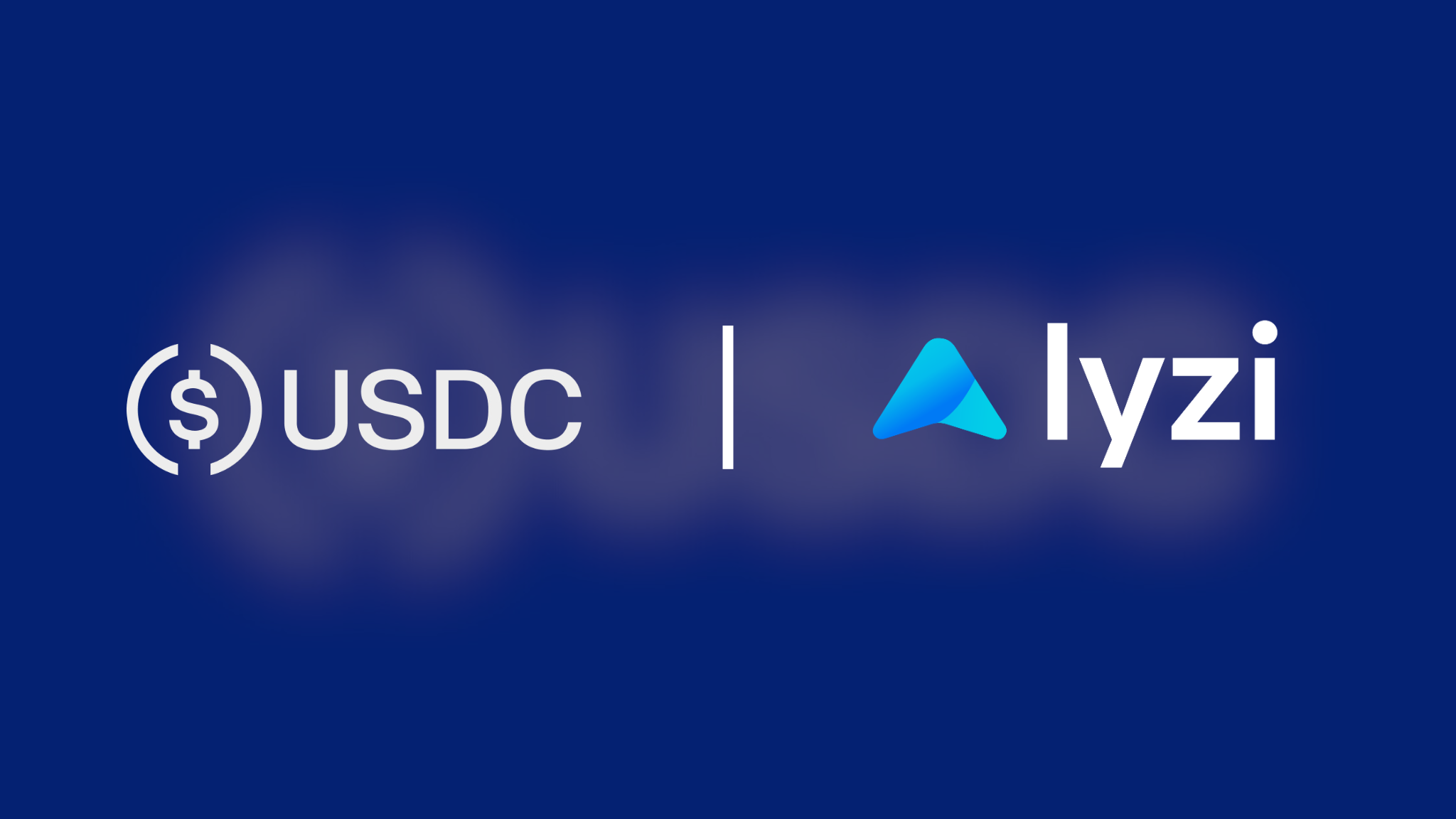
MiCA: What does European regulation change for crypto payments?
For several years, cryptocurrencies have continued to gain popularity, both among investors, merchants, and consumers. With the rise of Bitcoin, Ethereum, and stablecoins like USDC and EURC, the use of cryptoassets in everyday payments is becoming a reality. But in the face of this monetary revolution, Europe has decided to regulate these practices through a clear legal framework: the MiCA ( Markets in Crypto-Assets ) regulation.
So, what does MiCA actually change for crypto payments? What impact does it have on users and market players like Lyzi, which facilitates the use of cryptocurrencies in real life? We'll explain everything.
MiCA: Historic Regulation for the Crypto Ecosystem
Officially adopted in 2023, the MiCA regulation is a world first. It aims to standardize rules relating to cryptoassets across all European Union member states. The goal: to ensure user security, combat abuse, and promote financial innovation.
Concretely, MiCA applies to many types of crypto-assets, including:
- Classic cryptocurrencies (like Bitcoin or Ethereum)
- Stablecoins (pegged to a fiat currency, such as EURC or USDC)
- Utility tokens
- And crypto service providers (PSAN)
Crypto Payments: What's Changing with MiCA
Before MiCA, each European country applied its own rules regarding crypto-asset payments. The result: a great deal of legal uncertainty for merchants and users. Thanks to MiCA, several key elements are now harmonized:
- Clear recognition of stablecoins
MiCA now regulates stablecoins (known as “asset-referenced tokens”) with strict requirements for reserves, transparency, and regulatory oversight. This paves the way for wider adoption of stablecoins for payments, as they offer stability and security.
At Lyzi, we anticipated this evolution by allowing our users to pay directly in stablecoins at hundreds of points of sale. Learn more here.
- Strengthened supervision of service providers
Crypto payment platforms must now obtain a MiCA license to operate in Europe. This involves:
- A separation of customer funds and company cash
- Compliance rules (KYC/AML)
- Clear information on costs and risks
This regulation aims to protect consumers and professionalize the sector.
- Towards a more massive adoption of crypto payments
With this new framework, merchants and customers benefit from a trusted environment. Cryptocurrency payments become more accessible, more secure, and more compliant with the requirements of financial authorities.
MiCA: an opportunity for merchants and users
Contrary to what some might think, MiCA does not hinder innovation. By providing clarity and security, it offers a favorable framework for the development of crypto-asset payments. This represents a real opportunity for European merchants looking to attract a young, tech-savvy clientele looking for new payment methods.
Thanks to the Lyzi app, it is now possible to pay in Bitcoin, Ethereum or stablecoins in physical stores, while fully respecting MiCA rules.
Conclusion: MiCA, a turning point for the adoption of cryptocurrencies
The MiCA regulation marks a crucial step in the legitimacy of cryptocurrencies in Europe. By regulating stakeholders, securing stablecoins, and laying the foundations for legal use, it paves the way for the mass adoption of crypto payments.
At Lyzi, we are proud to be part of this transition, by offering a compliant, simple and accessible solution for paying with cryptocurrencies in everyday life.
Our last News

Why paying in stablecoins (EURC, USDC, etc.) with Lyzi transforms the payment experience

How to pay with USDC? The complete guide to using this stablecoin with Lyzi
.png)